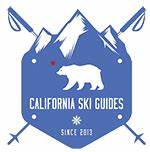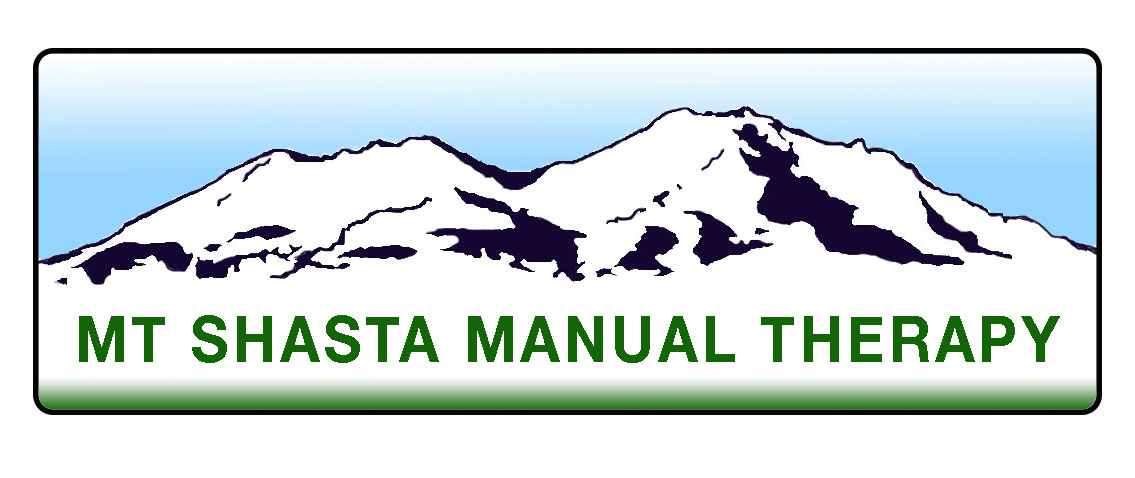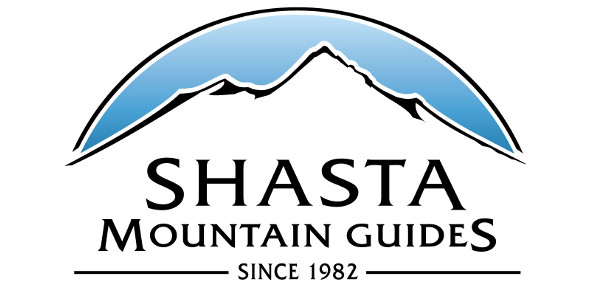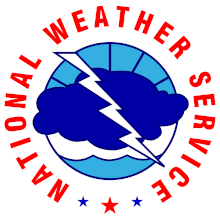You are here
Avalanche Advisory for 2015-11-28 12:15:42
- Published on November 28, 2015 @ 12:15 pm
- Issued by Jon Dove - Shasta-Trinity National Forest
Bottom Line
Intermittent storm systems have begun to cover Mt Shasta, but coverage remains patchy. A recent storm system (Nov 24th-25th) brought snow down to lower elevations depositing up to 6 new inches. High N winds scoured some aspects while loading some isolated pockets on protected SE-S-SW-W aspects mainly above 11,000'. Wind slab avalanche instabilities may be found in these areas. Aspects below this elevation are mostly bare ground. Continue to monitor changing weather and snow conditions, and always use caution.
Avalanche Problem 1: Wind Slab
-
Character ?

-
Likelihood ?CertainVery LikelyLikelyPossible
 Unlikely
Unlikely -
Size ?HistoricVery LargeLargeSmall

Wind slab formation will be found in isolated pockets in extreme terrain above 11,000' on SE-S-SW-W aspects. It is in these isolated pockets where new snow has accumulated on areas of continuous existing snow coverage. At mid and lower elevations wind slab avalanches will be unlikely as any new snow will be resting on bare ground. Continue to monitor weather as additional snow may increase the chances of potential avalanche instabilities. Natural and human triggered wind slab avalanches may occur during and immediately after any recent storm or wind event. Wind slabs are often smooth and rounded and sometimes hollow, and can range from soft to hard. Pay close attention to layer bonding within the new snow and to the old snow surface beneath. Avoid avalanche terrain with recent wind deposits or choose slopes gentler than 30 degrees in steepness. Always pay attention to terrain above you as well. Wind slabs tend to stabilize within a few days unless deposited on a persistent weak layer.
Recent Observations
The Mt Shasta area is beginning its winter season (despite still being Fall) as periodic storm systems bring some snow to mid to upper elevations. The most recent storm system from Nov. 25th brought up to 3 inches of snow to lower elevations (Mt Shasta City), and approximately 6 inches to mid elevations near treeline. Strong northerly winds that followed the storm has transported that snow, scouring most aspects but depositing snow in some protected areas. At low to mid elevations this new snow coverage is resting mainly on bare ground making avalanche instabilities unlikely. Above 11,000 ft. there is the potential for wind slab avalanche problems in isolated pockets in complex terrain on SE-S-SW-W aspects where the new snow has accumulated on old snow surfaces.
For more information and data both current and historical, here are some resources:
1. Natural Resources Conservation Service: http://www.wcc.nrcs.usda.gov/
2. California Snow Water Content graphs: http://cdec.water.ca.gov/cgi-progs/snow/PLOT_SWC
3. California Snow Water Equivalent Summary: http://cdec.water.ca.gov/cdecapp/snowapp/sweq.action
4. California Climate Tracker: http://www.wrcc.dri.edu/monitor/cal-mon/
5. Climate change and California drought in the 21st century by Michael E. Mann and Peter H Gleick http://www.meteo.psu.edu/holocene/public_html/Mann/articles/articles/MannGleickPNAS2015.pdf
6. Anthropogenic warming has increased drought risk in California by Noah S. Diffenbaugh, Daniel L. Swain, and Danielle Touma: http://www.pnas.org/content/112/13/3931.full.pdf
Always remember the five red flags of avalanche danger (see below). Other hazards on Mt Shasta such as cornice collapse, moats, thin snow bridges over crevasses, glide cracks, shallow buried rocks, and exposed creeks exist. Please check the CLIMBING ADVISORY for the latest climbing information, trailhead status and other good info. Please note that the summit pass (required for climbing anywhere above 10,000 feet) is now $25 dollars.
Thanks for the continued support, photos, trip reports and backcountry observations! Support from the National Forest Service and private sponsors as well as individual donors make this program financially possible. As the seasons begin to change, the morning air becomes crisp and the days become shorter, check back on our home page for fundraising and event dates for the 2015-2016 season. Have a great summer and we will do it all over again here next fall!
Report your observations and feedback to the MSAC! A photo, a few words... send it in! (nimeyers@fs.fed.us or 530-926-9614)
Sand Flat Winter Trails: CLOSED
Pilgrim Creek Snowmobile Park: CLOSED
-------------------------------------------------------------------------------------------------------------------------------
Terrain: Remember most of the terrain that we like to play on is greater than 30 degrees. Avalanches are possible on anything steeper than 30 degrees. Avoid cornices, rock bands, terrain traps and runout zones of avalanche paths.
Weather: Most of our areas avalanche danger will occur 24-48 hours after a storm. We still can see persistent weak layers from time to time and we always will be sure to let you know about that! Heed the basic signs: Wind (significant snow transport and depositions), Temperature (rain/snow/rain/snow, which in turn weakens the snowpack), and Precipitation (Snow or rain add weight and stress to the current snowpack).
Snowpack: If snow accumulates, give the snowpack a chance to adjust to the new snow load before you play on or near steep slopes (greater than 30 degrees). Most direct action avalanches occur within 24-48 hours of recent snowfall. Watch for obvious signs of snowpack instability such as recent natural avalanche activity, collapsing of the snowpack (often associated with a “whumphing” sound), and shooting cracks. If you see these signs of instability, limit your recreation to lower angle slopes.
Human Factor: Don’t forget to carry and know how to use avalanche rescue gear. You should NOT be skiing or climbing potential avalanche slopes without having beacons, shovels, and probes. Only one person in a group should be exposed to potential avalanche danger at a time. Remember, climbing, skiing, and riding down the edge of slopes is safer than being in the center. Just because another person is on a slope doesn't’t mean that it is safe. Be an individual! Make your own decisions. Heed the signs of instability: rapid warming, “whumphing” noises, shooting cracks, snowing an inch an hour or more, rain, roller balls, wind loading, recent avalanche activity.
The Five Red Flags of Avalanche Danger any time of year include: 1) Recent/current avalanche activity 2) Whumpfing sounds or shooting cracks 3) Recent/current heavy snowfall 4) Strong winds transporting snow 5) Rapid warming or rain on snow.
Weather and Current Conditions
Weather Summary
For current weather conditions in Mt Shasta City: http://raws.wrh.noaa.gov/cgi-bin/roman/meso_base.cgi?stn=KMHS
WEATHER STATION INFORMATION (0500hrs): Current weather station information is availabe on our website under the WEATHER tab, or click the Meso-West links below.
On Mt Shasta (South Side) in the last 24 hours...
Old Ski Bowl - 7,600 feet, http://raws.wrh.noaa.gov/cgi-bin/roman/meso_base.cgi?stn=MSSKI
Gray Butte - 8,000 feet, http://raws.wrh.noaa.gov/cgi-bin/roman/meso_base.cgi?stn=MSGRB
Castle Lake and Mt Eddy (West side of Interstate-5)...
Castle Lake - 5,600 feet, http://raws.wrh.noaa.gov/cgi-bin/roman/meso_base.cgi?stn=MSCAS
Mt Eddy - 6,500 feet, http://raws.wrh.noaa.gov/cgi-bin/roman/meso_base.cgi?stn=MSMED
Always check the weather before you attempt to climb Mt Shasta. Further, monitor the weather as you climb. Becoming caught on the mountain in any type of weather can compromise life and limb. Be prepared.


























































